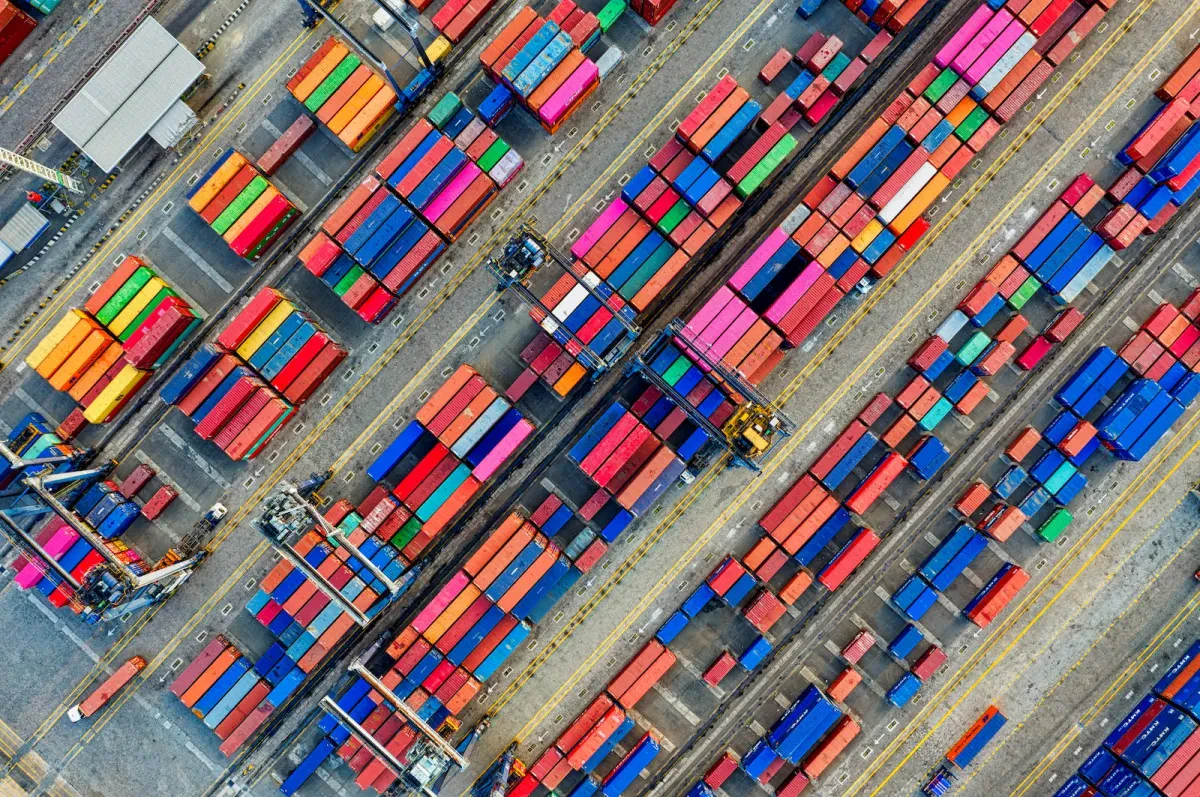The following release was published by Port of Rotterdam:
Throughput in the port of Rotterdam decreased by 4.1% in the first half of 2025. This brought the total throughput to 211.0 million tonnes. The largest decline was in dry bulk (-8.9%) and liquid bulk (-5.3%) segments. Container throughput showed growth of 2.7% in TEU.
In terms of tonnage, the container segment showed a decline of 1.0%. The lack of investment in the industry by the market is a cause for concern for the Port Authority. Although the government has taken positive steps recently to bring the playing field for Dutch industry more in line with that of neighbouring countries, additional measures are necessary. The announced closure of a number of chemical companies, and with it the loss of hundreds of jobs in the first half of 2025, confirms these concerns. The Port Authority’s financial results and investments show stable development.
Weakened competitive position of European industry remains a cause for concern
- Cargo throughput decreased by 4.1%
- Container throughput increased in TEU (2.7%) and decreased in tonnage (1.0%)
- Investments in industry lag behind due to lack of favourable conditions
- Port Authority continues developing a resilient and safe port
- Operating result for Port of Rotterdam Authority stable
Containers and breakbulk
Container throughput rose by 2.7% in TEU to 7.0 million TEU in the first half of 2025. The growth in TEU can be explained by the upturn in European consumption. As a result, imports from Asia increased by 8.4%. Throughput to and from North America increased by 9.1%. The main reason for this is the increase in the number of services since the alliance structure was changed in February of this year. Expressed in tonnes, container throughput fell by 1.0% to 66.5 million tonnes. This decrease can be explained by the fact that more empty export containers were shipped. The number of full export containers has decreased by 5%. This decline can be explained by the continuing weak competitive position of European industry. Total throughput in the breakbulk segment (Roll-on/Roll-off and other breakbulk) increased by 1.3% to 16.0 million tonnes. RoRo throughput increased by 0.9% to 12.9 million tonnes. Volumes to and from the United Kingdom have not yet recovered from the sluggish economy. The second quarter does show cautious signs of recovery. Other general cargo increased by 3.0% to 3.2 million tonnes. This increase was partly due to the delivery of offshore wind foundations, steel pipes for the Porthos project, and an increase in the throughput of steel plates for the offshore industry.
Busy container handling
The port of Rotterdam has faced exceptional congestion in the handling of container flows this year. Various causes, such as the transition to new sailing schedules (phasing in and out of services), high call sizes, changing alliances, work interruptions, and challenging weather conditions at the beginning of the year have led to increasing waiting times on the land side of the deep-sea terminal operations. As a result, the inland shipping sector and road transport in particular are experiencing longer waiting times than usual. The situation on the sea side is under control: The number of large container ships waiting is very limited. The reliability of the sailing schedules has improved and time spent at the quay has decreased since the beginning of this year. Water levels on the Rhine and import duties imposed by the United States on exports from Europe and China have not yet had a demonstrable negative effect on container handling in the first half of the year.
The arrival of more than 100 container ships with a call size exceeding 12,000 TEU this half year underscores the urgency of the situation. Solutions to make the entire system more efficient and resilient must be sought in structural cooperation within the chain. Port of Rotterdam Authority is in constant dialogue with all parties in the logistics container chain about this. One of the structural changes being discussed is the smarter use of existing infrastructure, for example by shifting more road transport to off-peak hours, bundling and exchanging containers on so-called inland waterway corridors, and sharing data via digital platforms.
eeSea Signals
- Rotterdam Throughput Capacity + Volumes
- All Far East - Europe Services to Rotterdam
- Rotterdam Inbound/Outbound Calendar
- Rotterdam Congestion Timeline + Comparison - Tableau Permission Required
Source: Port of Rotterdam

